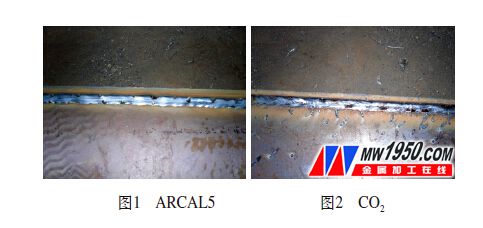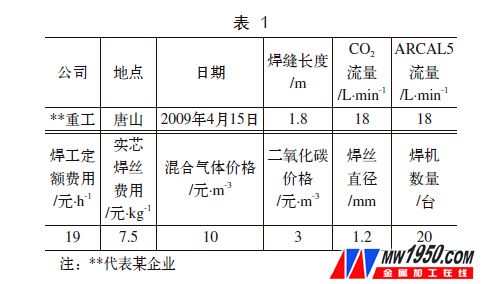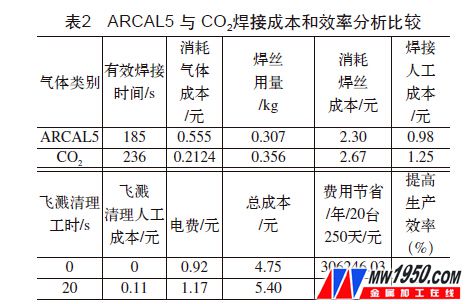The 19th Beijing Essen Welding & Cutting Fair 1200*2400 Marble And Rock Board marble tiles for sale,marble floor black and white,marble finish vitrified tiles,large white bathroom tiles Xuzhou Lange New Materials Co., Ltd. , https://www.successleo.com



Application and development of welding gas
Application Status and Development of Welding Gas
In the field of metal processing, welding plays a crucial role. It significantly affects operational efficiency, product quality, worker health, and environmental protection. As industrial automation becomes more widespread and welders become more aware of their health, the trend toward automated welding has grown. This shift is clearly visible at the Beijing Essen Welding Exhibition over the years. In the past, only international companies had access to automated and robotic welding systems. Now, many domestic manufacturers have also adopted these advanced technologies.
Choosing the right welding gas can maximize efficiency, adaptability, and full-position welding capability. Traditional electrode arc welding lacks continuous wire feeding and is limited to manual operations. High-efficiency submerged arc welding cannot achieve all-position welding and produces a lot of slag, making continuous welding difficult. The working environment is also less favorable in such cases.
With the growing number of factory approvals for robot welding, the demand for various types of welding gases has increased. Different materials, products, and quality requirements may call for different shielding gases. In China, most factories still use carbon dioxide because it's cost-effective and requires less skill from welders. However, this leads to issues like poor weld appearance, high spatter, and uneven bead height. In contrast, European and American countries often use a mixture of argon and carbon dioxide, which addresses these problems more effectively.
Typical Case
This case compares Air Liquide’s ARCAL5 (Ar+CO2) with pure CO2. Under identical welding conditions, the appearance of the welds is shown in Figures 1 and 2. The test parameters are listed in Table 1, while cost and efficiency analysis are presented in Table 2.
Many customers focus only on the price of the gas, as it’s easy to understand. However, welding costs involve more than just the gas itself—welding wire, labor, cleaning, and electricity must also be considered. Using mixed gas instead of CO2 can reduce the cost of a 1.8m fillet weld by 0.65 yuan (from 5.40 to 4.75). A factory with 20 machines operating 250 days a year could save 306,000 yuan annually. Additionally, welding efficiency increases by 28% due to shorter welding times per part.
This example shows that selecting the right shielding gas can significantly improve weld quality, increase productivity, and lower overall costs without requiring new equipment.
International Standards for Welding Shielding Gases
Air Liquide’s ARCALTM welding gases are manufactured according to ISO 14175, ensuring precise mixing ratios through fully computer-controlled processes. Impurities like moisture, oxygen, and nitrogen are strictly controlled during sourcing, production, filling, and packaging. Since 2011, the AWS 5.32 standard has also been applied in the U.S., reflecting global recognition of these high-quality standards.
Future Trends in Welding Gas Development
For different materials and welding methods, Air Liquide’s R&D center in France has developed a range of shielding gases tailored to specific needs:
(1) ARCAL121 (Ar+He+CO2) is ideal for stainless steel and high-strength steel. It offers faster welding speeds, better wettability, and reduced carburization, improving corrosion resistance and impact toughness.
(2) ARCAL33/37 (Ar+He) enhances the welding of aluminum and copper by reducing preheating needs, increasing speed by over 30%, and minimizing hydrogen porosity.
(3) ARCAL11 (Ar+He+H2) excels in nickel-based alloys, offering excellent penetration and surface finish while protecting alloy elements during the process.
As new welding techniques and materials emerge, future trends in welding gas will focus on ease of use, efficiency, quality, and safety.
Safety Focus and Commitment
Liquefied Air places a strong emphasis on safety throughout the design, production, and delivery of its welding products. Safety considerations are integrated into both internal operations and customer use.
Key features include: providing a safety data sheet with each contract, clear product labeling, and continuous improvements in gas packaging. Air Liquide introduced the ALTOP cylinder valve, which integrates an argon meter and reduces direct exposure to high-pressure gas, enhancing safety. The design won the 2013 "Junge Award."
Looking Ahead
As competition intensifies in both commercial and technological fields, the importance of welding gases continues to grow. With more welders becoming aware of their benefits, the "small cost, big impact" of welding gas will become even more evident.
More exciting content Welcome to Metalworking Online》》》Essen Special Report